Hi!
This page contains two subpages:
- My Blog Posts
- A collection of my blog posts for the EDCI338 course.
- Responses to Classmates’ Blog Posts
- My feedback and responses to the blog posts of my classmates.
Hi!
This page contains two subpages:
Hi Francesca,
Thank you for your post #2. It’s really well-organized, with lots of pictures and videos, which makes it more engaging and fun to read. I appreciate how you explained the differences between personal and professional digital identities, especially how they can affect personal relationships and career opportunities. Your insights on managing separate accounts and maintaining privacy are very helpful. I also liked your examples of using different platforms for different identities, such as Instagram for personal use and Facebook for professional use. Your plan to stay updated with privacy settings and adapt to new trends is great. Great job on creating a comprehensive and visually appealing post!
Thank you!
Research on Social Media and Learning Communities
For my research on social media and learning communities, I explored upper-level math courses at UVic, as I only have four left to graduate. I utilized Reddit to gather information and found a community of students who shared their experiences and opinions about various math courses.

This community provided diverse perspectives on which courses to take, with some students offering tailored advice based on different mathematical interests. The discussions were particularly valuable because they focused specifically on math courses at UVic, which directly helped me in selecting the most suitable courses. Hearing about other students’ experiences gave me a clearer understanding of what to expect, making my decision-making process much easier.
Building Your Personal Learning Network (PLN)
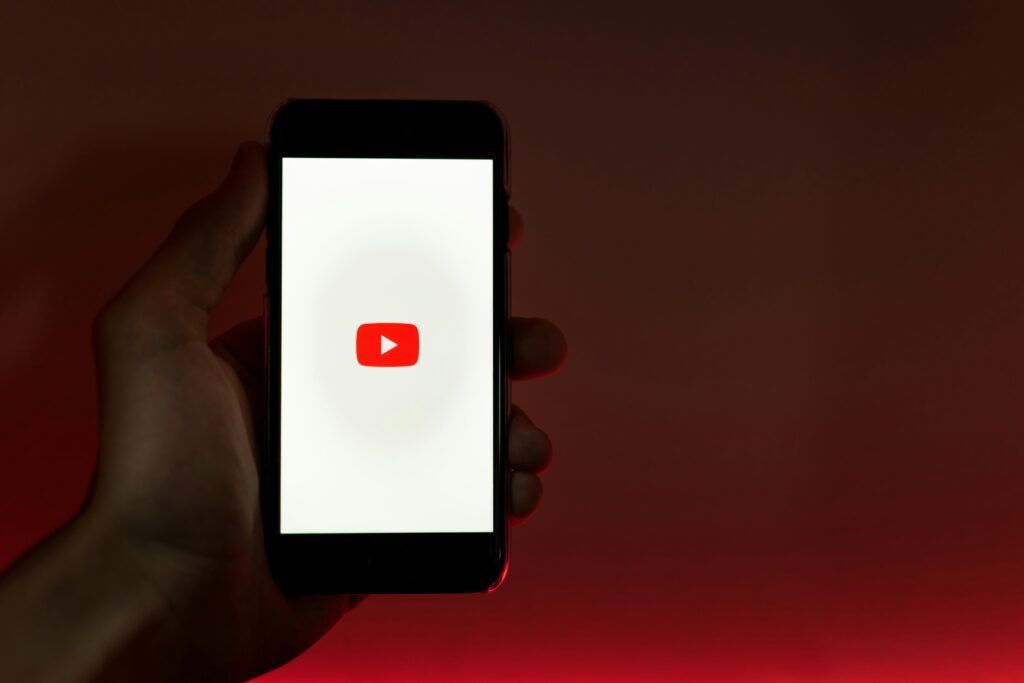
To build my Personal Learning Network (PLN), I initially considered using YouTube. As someone passionate about math and teaching, I envisioned sharing tutorials and helpful videos on various topics, organizing them into separate playlists. I planned to encourage viewers to comment with questions, which I could address in subsequent videos, and also attach lecture notes in Word documents.
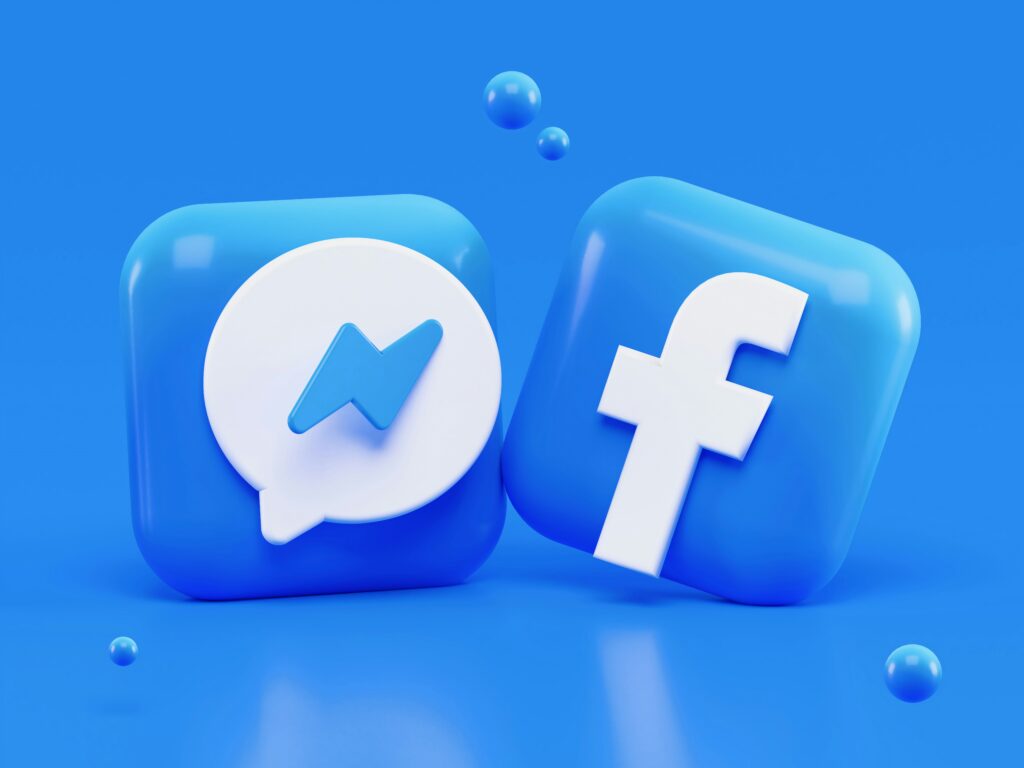
However, I realized that Facebook might be a better platform for my PLN. On Facebook, I can share tutorials and interact more easily with comments. Additionally, the group page allows all members to post, enabling a more dynamic exchange where others can also contribute to answering questions. This interaction seems more conducive to creating a supportive and engaging learning community.
Setting Professional Goals and Engaging with the Community

When it comes to choosing the right media platforms, setting goals, and engaging with the community, it all depends on what interests me and my audience. As a student, I often look for extra resources to understand my course material better since lecture notes don’t always cover everything. I use YouTube for helpful videos and Reddit to find questions and answers from instructors and students. To engage with the community, I focus on connecting with other students and instructors who are into math. We discuss ideas, share our understanding of different topics, and help each other out with course material. By being active in these discussions, I hope to share useful insights and create a supportive learning space.
Protecting Your Information and Ensuring Ethical Behaviour
To protect my information and ensure ethical behavior in my Personal Learning Network (PLN), I take several security measures. I use strong passwords and enable two-factor authentication to secure my accounts. When creating a learning community, such as a Facebook group, I will require members to fill out a form before joining, which is reviewed by an admin for approval. This helps maintain a safe and trustworthy environment. Additionally, I ensure to respect everyone’s privacy by not sharing or taking screenshots of private group discussions. By implementing these practices, I strive to foster a respectful and secure digital space for all members.
Privacy Concerns and Online Participation
Privacy concerns can affect my willingness to join online communities or share information, but if the community is well-known, like Reddit, Facebook, or YouTube, I usually feel comfortable commenting and sharing ideas with my profile visible. These platforms have established reputations and security measures, which helps me feel more secure. Additionally, there’s a helpful video that explains privacy concerns on social media, which has given me a better understanding of how to protect my information while engaging online.
Hi! My name is Tabarek, and I’m a fourth-year student at UVic majoring in Mathematics. In my free time, I volunteer with organizations to help middle and high school students with their math lessons. This experience has been very fulfilling and has further fueled my passion for education. I am continuing my journey in mathematics with the hope of becoming a teacher one day.
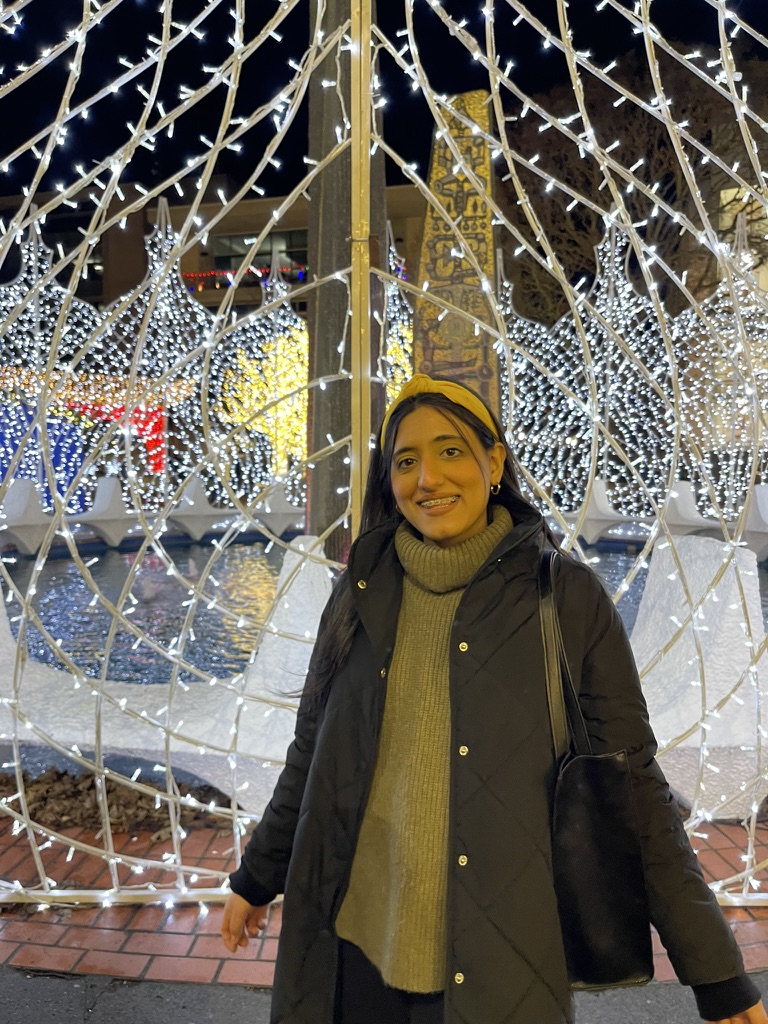
What is digital identity?
Digital identity is a collection of information about oneself that is represented online. This encompasses both professional and social aspects, including usernames on various online platforms, profile information, and the digital footprint created through interactions and activities.
How do you present yourself on social media platforms for personal use?
I use Facebook and Instagram. About three years ago, I had some information visible to the public, such as my birthdate, pictures of myself, and places I had been to. However, an incident involving my friend made me reconsider my privacy settings. My friend lost their credit card and, when calling the bank, was asked to provide their birthdate (year, month, day) and phone number since they didn’t have the 16-digit card number. This made me realize how easily someone could access my information if they knew my phone number and birthdate from Facebook.
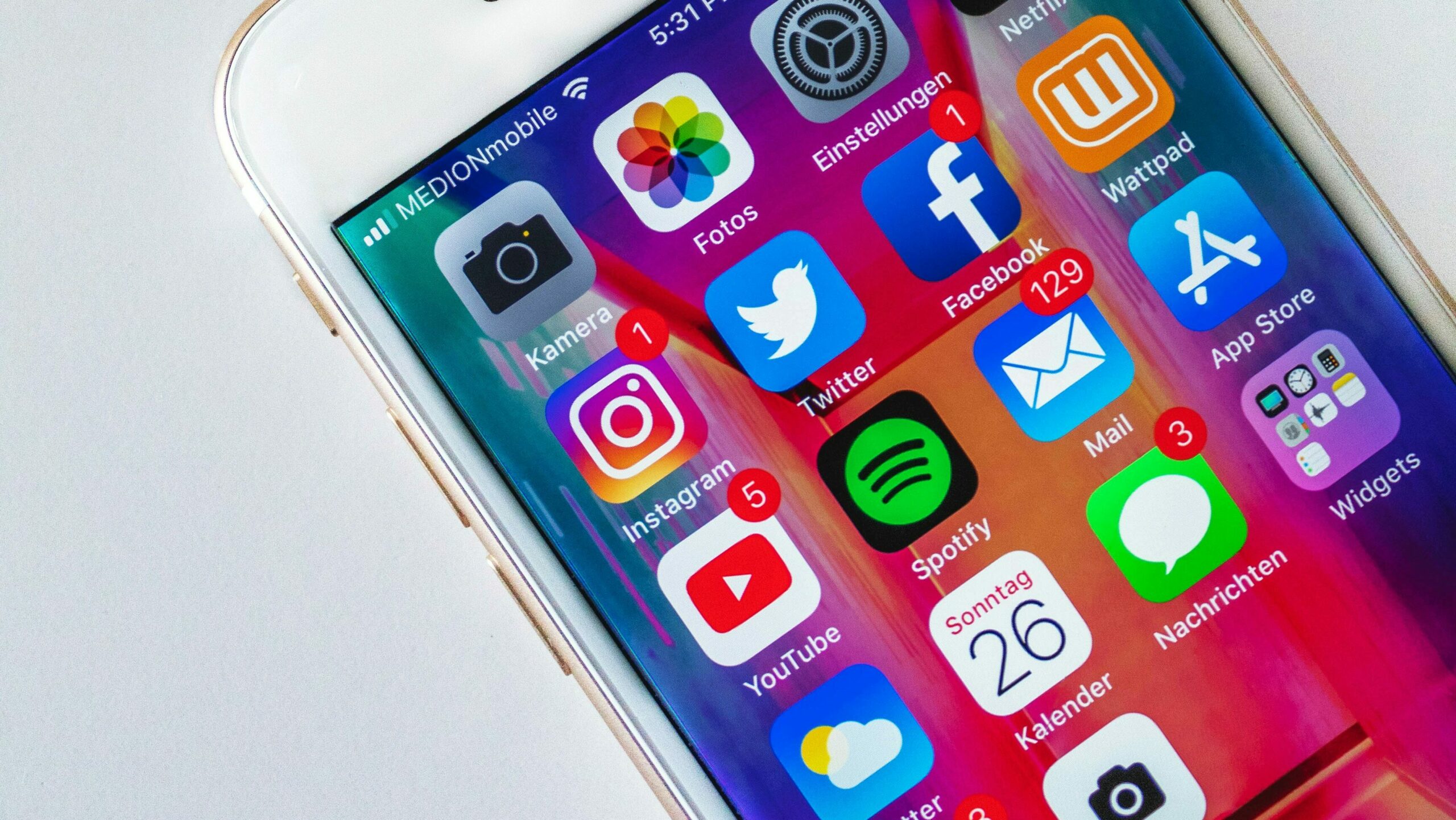
Since then, I have adjusted my privacy settings and I am careful only to add people I know personally.
What kind of content do you share, and how do you manage your privacy?
I used to share photos of places I visited, like when I went for a hike, to the beach, or to other fun locations. However, for the past year, I have limited my posts to about once every three months, sharing a picture of myself or a place I went to. I found that posting every day took a lot of energy and made me feel like I had to visit new places just to share photos.
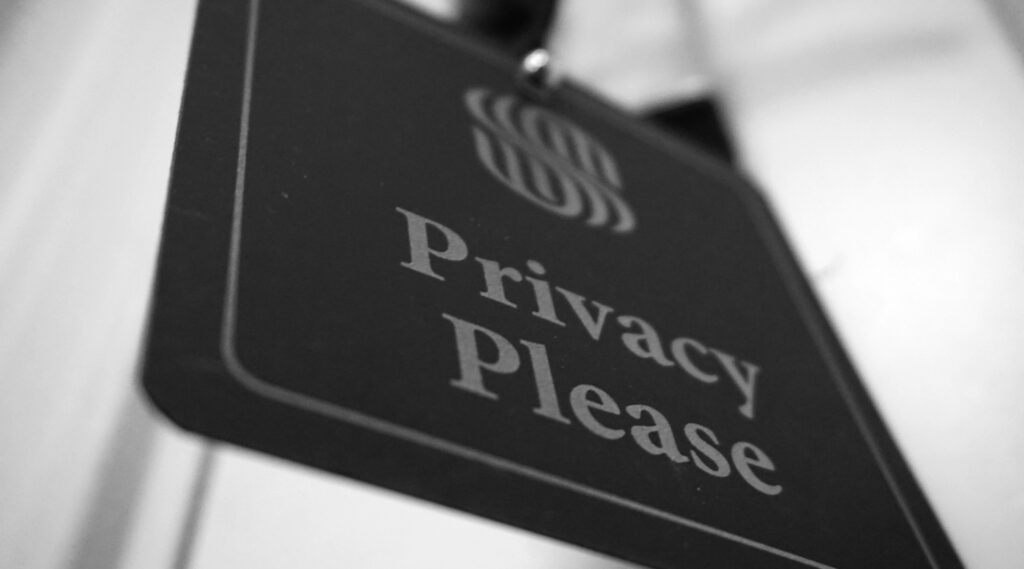
On Instagram stories, I share content more frequently, about once or twice a week. This usually includes things I like, such as quotes or motivational videos. To manage my privacy, I ensure that my accounts are private.
What steps do you take to maintain a professional image online?
I follow these steps especially on Linkedin:
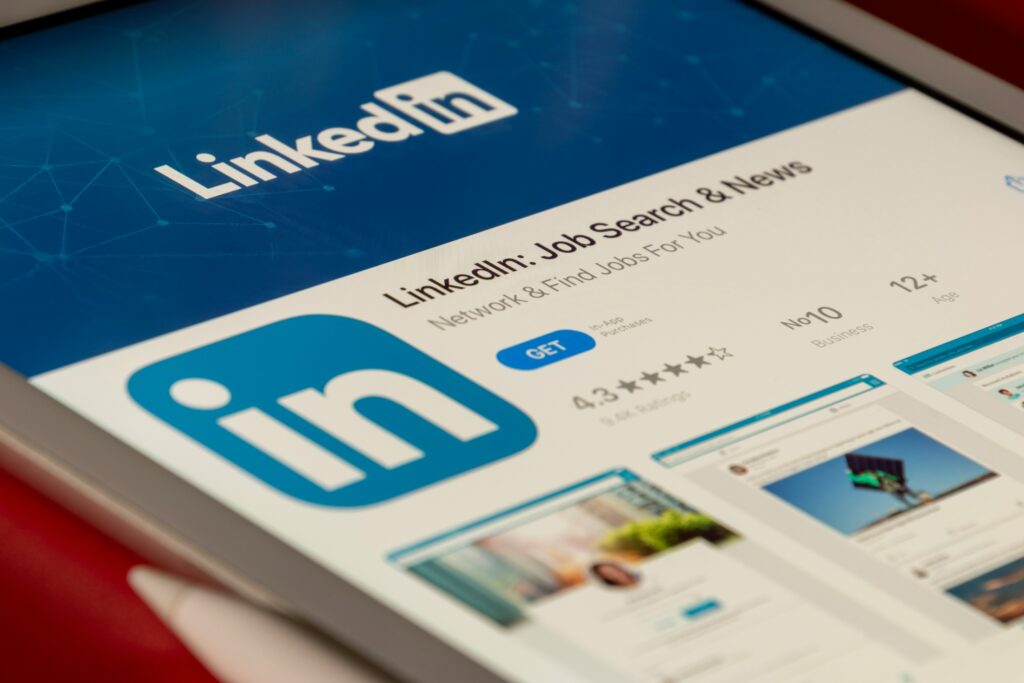
How do personal versus professional approaches to digital identity affect social media use?
With personal use, you’re sharing content with family and friends, such as photos, videos, and personal updates. In contrast, with professional use, you’re sharing content that might help you get a job or advance your career. For example, if you’re applying to be elected to a position at school, you would want to share achievements and qualities that make people want to elect you.
Reflect on the challenges and benefits of maintaining personal and professional digital identities. How do you ensure they complement rather than conflict with one another? Provide examples from your own experiences.
Challenges:
Maintaining personal and professional digital identities requires understanding the differences between them. For example, content shared on Instagram is not suitable for LinkedIn. Recognizing these distinctions is crucial to avoid conflicts between personal and professional personas.
Benefits:
How I Ensure They Complement Each Other:
Examples from My Experiences:
Looking ahead, how do you plan to manage your digital identity as social media continues to evolve? What steps will you take to adapt to new platforms and trends while maintaining a consistent and positive digital presence?
Privacy, privacy, privacy!
Steps:
Adapting to New Platforms and Trends:
Introduction

Hi, my name is Tabarek, and I’m a fourth-year student majoring in Mathematics. In my free time, I volunteer with organizations to help middle and high school students with their math lessons. This experience has been very fulfilling and has further fueled my passion for education. I am continuing my journey in mathematics with the hope of becoming a teacher one day.
Interests in Social Media and Personalized Learning
Social media has become an invaluable tool in my studies. Whenever I encounter a challenging concept, I turn to educational communities on platforms like Microsoft Teams, Reddit, and YouTube. By joining these communities, I can access a wealth of knowledge shared by educators and fellow students worldwide.
Personalized learning is vital because each student comprehends concepts differently. In our current era, where accessing information from home is easier than ever, learning tools must adapt to meet individual needs. Personalized learning involves assessing a student’s current level of knowledge. This approach ensures that students receive the most relevant and effective resources, whether they prefer live online sessions or recorded videos. By recognizing that each student has unique learning preferences and needs, personalized learning enhances the educational experience, making it more engaging and effective for everyone involved.
Use of Digital Tools in Learning and Professional Life

Photo by Kelly Sikkema on Unsplash
I use digital tools a lot. For example, I’ve been using a note-taking app called Goodnotes on my iPad since summer 2020. It became essential during COVID-19, as writing exams on paper and then taking pictures to submit them consumed a significant portion of the exam time. With the note-taking app, I can immediately send my notes to my Gmail and submit them as PDFs in less than two minutes. This approach has saved me space and money on notebooks, and now I can easily access notes from courses I took three years ago on my Google Drive.
In my professional life, I use Canva. I participated in a program with an NGO in Victoria, where I had to create two presentations. Canva was incredibly easy to use and helped me create professional and visually appealing presentations.
Understanding of Digital Literacy
From my understanding, digital literacy involves the effective use of digital platforms, such as websites and smartphones, for research, communication, and collaboration. It emphasizes the importance of security and safety by teaching users how to protect personal information and maintain privacy online. Digital literacy also includes understanding and avoiding plagiarism by recognizing the importance of crediting sources.
Experience with Personal Learning Networks (PLNs)
I used Khan Academy in my first two years of university to help with my math and statistics courses. Although I attended my instructors’ lectures, I found Khan Academy’s explanations and examples very helpful for better understanding the material.
I used Reddit to learn about the most interesting or challenging math courses and decide which upper-level math courses to take based on other students’ experiences.
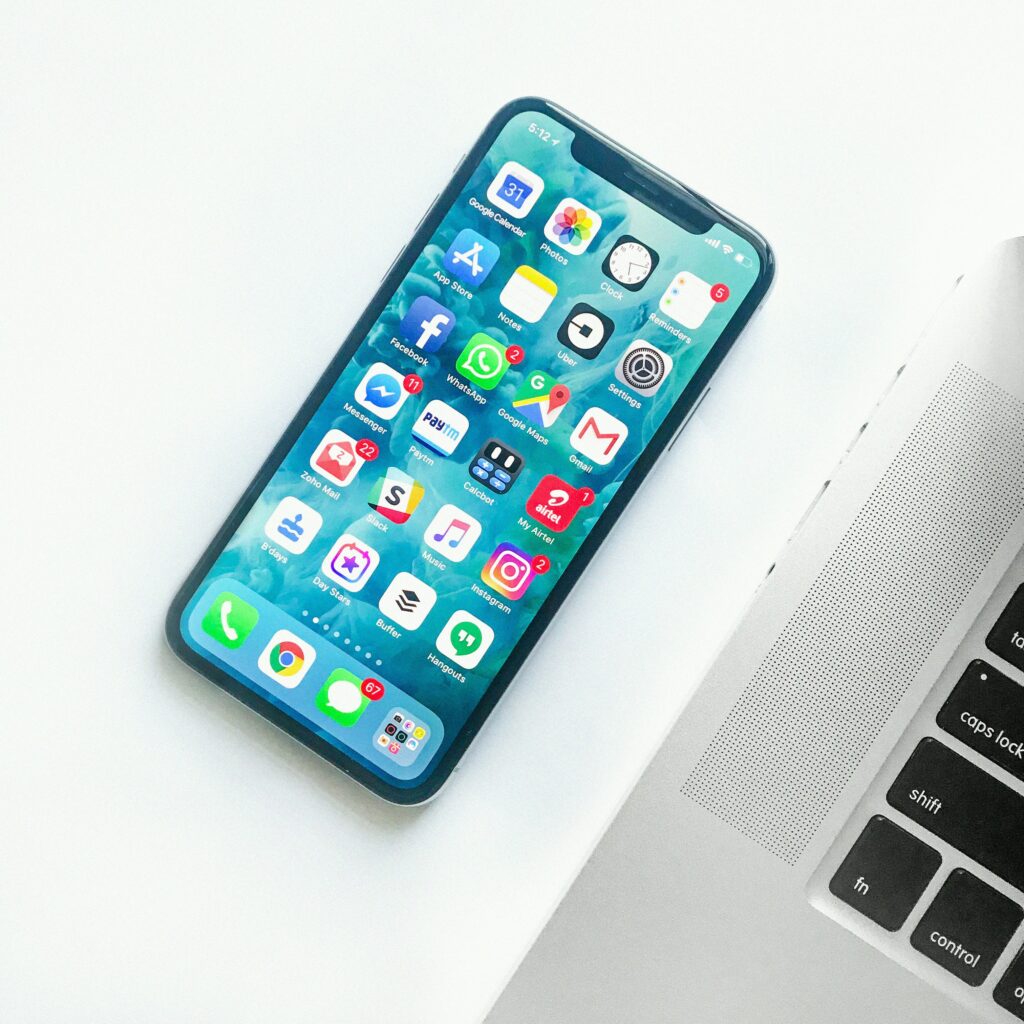
Photo by Rahul Chakraborty on Unsplash
The biggest resource for me has been YouTube. It has been incredibly helpful, especially when I have questions about a topic. Often, I find that someone else has already asked the same question in the comments section of a video, and the instructor or other knowledgeable viewers have provided detailed answers. The interactive nature of the comments section creates a dynamic learning environment, allowing me to engage with the content more deeply.
Thoughts on the Course Content
Through this course, I plan to further develop my PLN by engaging with peers on social media and exploring new digital platforms to broaden my learning network.
© 2025 Tabarek's Blog
Theme by Anders Noren — Up ↑